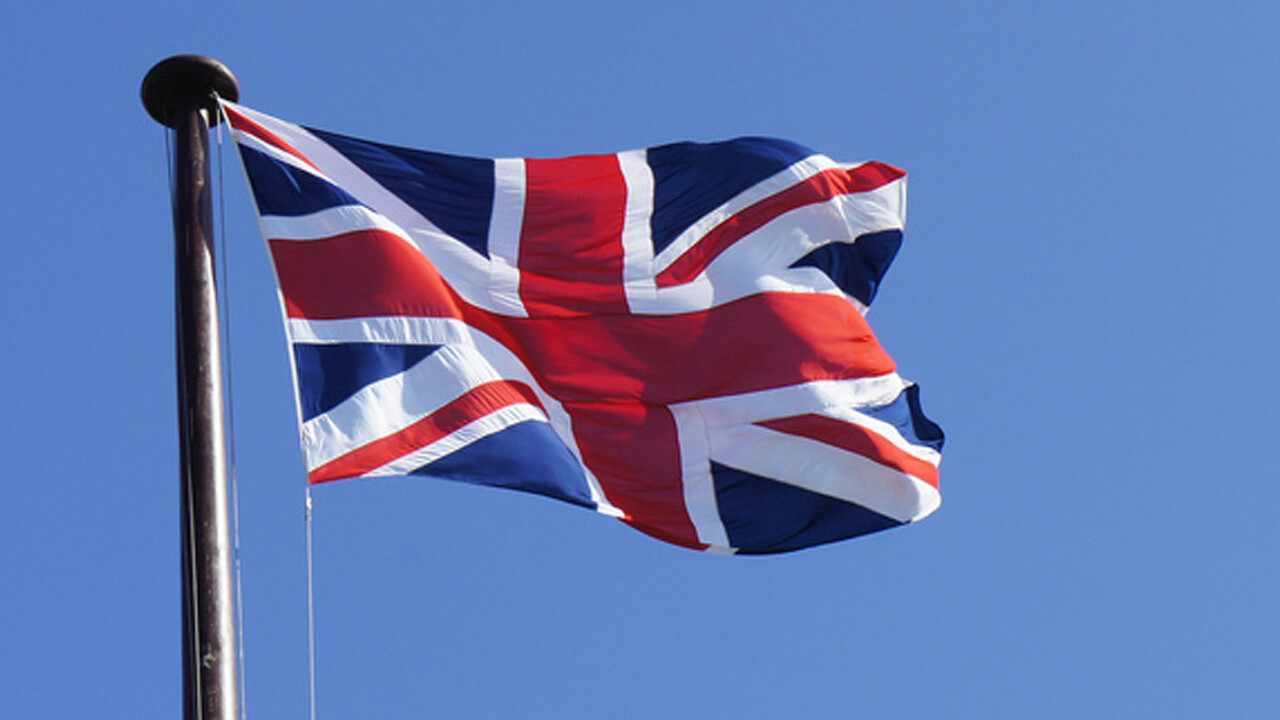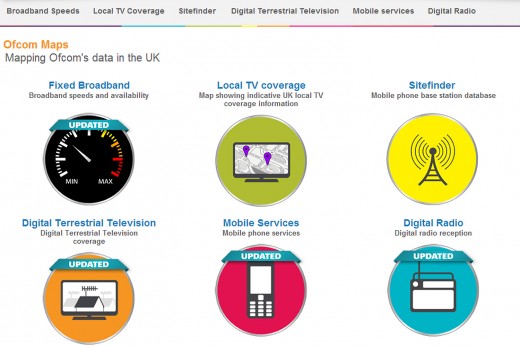
The independent UK regulator Ofcom, has released the 2012 update to its Communications Infrastructure Report and there are some interesting facts that have emerged about how we are using things like superfast broadband, moving on from analogue TV and increasingly taking up mobile habits.
Ofcom has a duty to report every three years to the Secretary of State for Culture, Media and Sport on the state of communications infrastructure in the UK. Last year showed that consumers were increasing their use of communications services as a result of investment by operators and this latest update shows that this is continuing apace.
The UK government says that it is committed to ensuring that by 2015, almost all premises will have access to a basic broadband service of at least 2Mbps. According to Ofcom, 10% of all UK connections have fixed broadband speeds of less than 2Mbps this year which is an improvement on last year which saw 14%.
Ofcom says that many consumers now have the option to switch to superfast services to improve those speeds and that others could see an improvement by addressing in-home wiring issues. Not everyone’s favourite weekend project, but likely to be something that we could all check if there are problems.

The updated report says that for those who are still unable to receive 2Mbps via a fixed network, all is not lost, satellite broadband and 4G mobile broadband technologies are on the way. Hopefully those will come at a comparable and acceptable price in comparison with fixed services.
Our data consumption is unsurprisingly influenced by the broadband speeds made available to us. Ofcom’s update says that data downloads and uploads increase steadily up to around 8Mbps where it plateaus until superfast speeds are taken up. Ofcom says that it is likely that consumers are put off data hungry services like high-definition internet TV or massive downloads while they are seeing lower broadband speeds. No kidding.
High speeds, but not for everyone
Superfast fixed broadband is now available from commercial providers to 65% of UK premises. Around one in ten connections is now superfast. Ofcom says that getting these services to the rest of the UK will depend on the actions of commercial providers as well as targeted public funding.
Public funding initiatives pushed in Northern Ireland to increase access have been interesting, the results led to 95% availability of superfast broadband and a take up of 11%. The report doesn’t explain the discrepancy between availability and take up, but pricing and existing contracts are bound to have an influence.
Ofcom says that the average broadband speeds have been rising as result of the take up of superfast broadband. The average speed in the UK now stands at 12.7 Mbps, an increase of 69% from the 7.5Mbps recorded in 2011. This is a hopeful figure, but maybe not a comfort to those who are still struggling with speeds under 2Mbps.
The driver that is increasing our consumption is video. We’re using more data than ever it seems with average residential fixed broadband customers eating up 23GB of data per month – a raise on the 17GB we were using last year.
3G but still no phone calls
Oh how we love to be mobile and our habits of using mobile data are reflecting this too. The updated report says that total data volumes over mobile broadband have more than doubled over the past year. Ofcom says that an average of 246MB of data is consumed for every active SIM.
With 81.7 million mobile connections in the UK and just under 20 million GB of data consumed in a year, we are clearly becoming more attached to our mobile devices as a way to improve our day. Last year saw 9 million GBs consumed so as we have more than doubled our intake, let’s hope that the infrastructure can cope with our increasing demand.
Mobile broadband coverage is getting better in the UK. The number of premises that cannot receive a 3G signal has fallen to 0.9% from 1.2% and the number of premises that can receive a 3G signal from all mobile operators has increased to 77%. Ofcom says that this is due in part to the deployment of 3G services using the 900MHz spectrum.This is naturally much lower than the levels found via fixed networks but the growth rate is extraordinary. If you haven’t sorted out a mobile site for your business by now – it should be right at the top of your to-do list.

That’s all well and good, but the report update also points out that there are households that cannot get mobile coverage even for voice services. Around 0.3% of premises are what Ofcom calls ‘complete no-spots’, they have no 2G mobile coverage and 6.1% of premises are in partial not-spots, those are the ones that are not covered by all operators.
Given there have been great strides in getting mobile broadband on the go, it seems a bit poor that people are still waiting to make a simple phone call. Don’t worry though, the Government’s on the case, apparently it has committed £150 million through its Mobile Infrastructure Project to improve coverage and hopes to address up to 75% of the premises in complete not-spots. So for now you can’t use your cell to call and raise the issue it seems.
Interestingly the report points out that many households are using femto cells to improve their home coverage. These are small mobile basestations which provide a mobile signal in the home and link to the mobile networks using an existing broadband connection. Over 207,000 femto cells have been deployed.
Wi-Fi hotspots, thanks but no thanks
Ofcom also addressed public Wi-Fi for the first time in this update. Mobile operators collectively provide over 16,000 Wi-Fi hotspots around the UK in the usual places like cafes, pubs and restaurants. However, the public doesn’t seem to be entirely impressed.
Ofcom says that consumers only make limited use of these services and that the process of logging in could be the issue that is putting them off.
Turn on and tune in
Ofcom also comments on the digital switch over and the use of digital radio. The process of switching over from analogue TV started way back in 2007 and was completed in October this year. The watchdog says it has all gone rather well and that pretty much every household in the UK now has access to digital TV, radio and interactive services.
DAB radio is also continuing to grow. Over the past year, Ofcom says that the BBC has improved the coverage of its national multiplex, extending their outdoor coverage to 94% of the UK population and that it should hit 97% of households by 2017.
In June this year, the Government, commercial multiplex operators, the BBC, Arqiva and Ofcom signed a memorandum of understanding on the funding to extend local DAB coverage to match existing FM coverage. So digital radio should be much more accessible and hopefully this will mean more choice when it comes to radio consumption.
Ofcom has done some pretty nifty work when it comes to showing us where we can get various signals and the quality of service we can expect. There’s a range of interactive maps on its site that provides detailed information. For the full report you can read the PDF for yourself here.

The UK government has been pushing the digital agenda. Although papers like the Digital Economy act were pushed through the wash up before the 2010 elections with little in the way of proper debate, there have been moves to make digital life in the UK a bit easier, such as the work done to improve government services through GOV.UK.
But no matter how the government pushes areas like Tech City and open data or delights in the redesign of its services on the Web, the bottom line is whether or not people can gain access. While some people are still struggling to make a mobile phone call, creating equal access should be right at the top of the digital agenda.
Image Credit: Ree Saunders / Flickr
Get the TNW newsletter
Get the most important tech news in your inbox each week.





